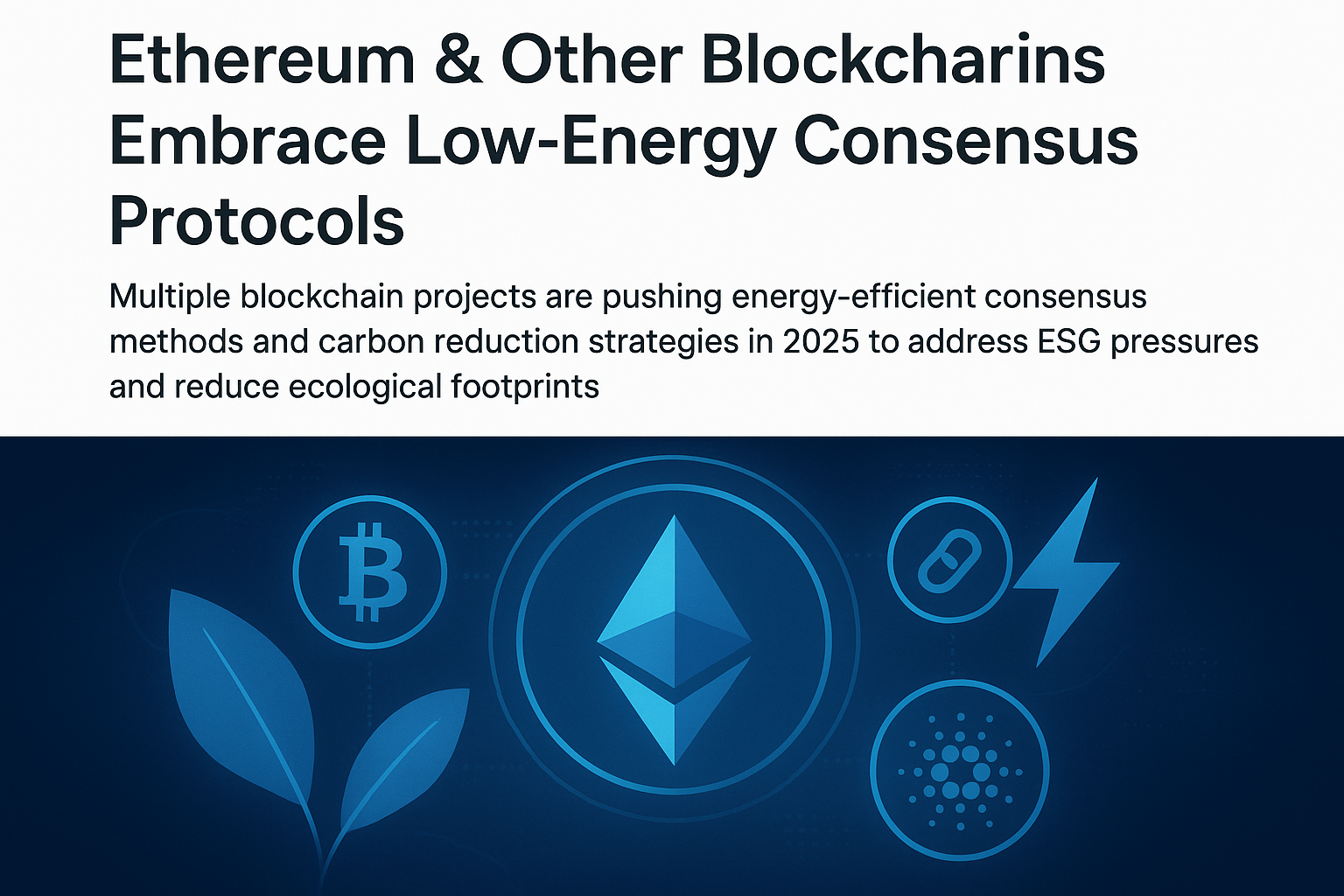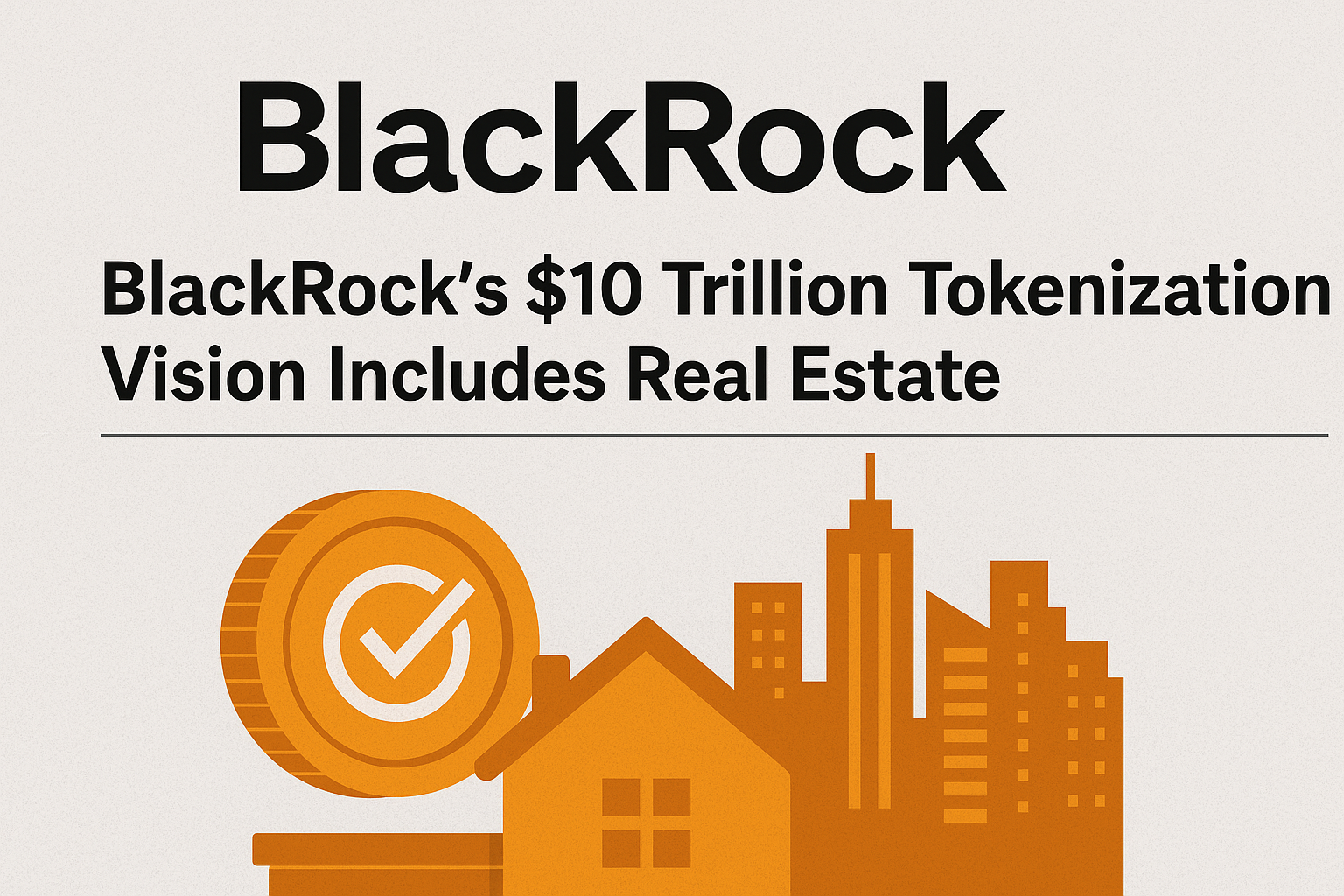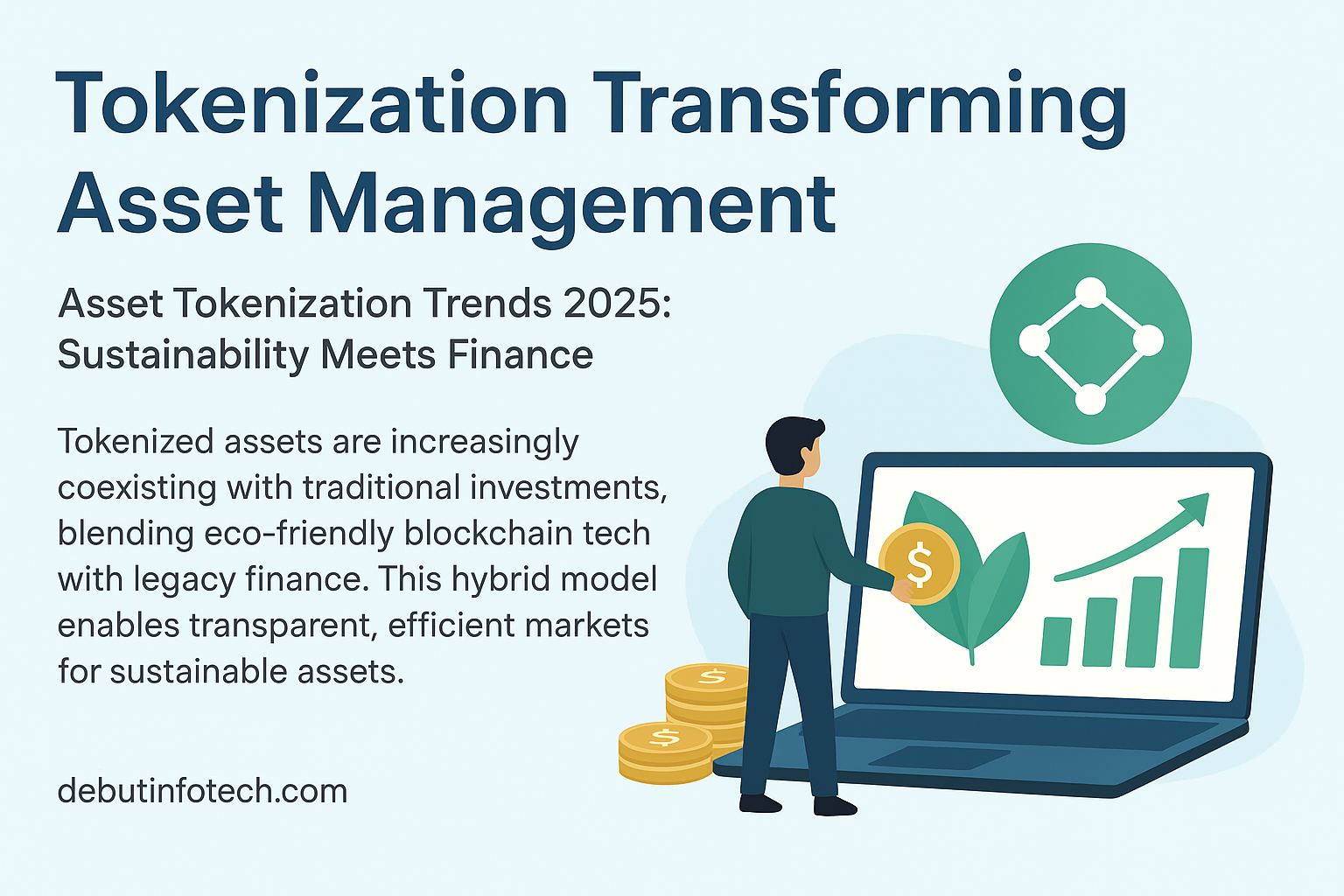The rise of tokenized finance is reshaping the global investment landscape, offering unprecedented opportunities to drive capital into sustainable and environmentally focused initiatives. At the intersection of blockchain innovation and green finance, tokenization is unlocking new ways to fund projects that combat climate change and promote sustainability.
What is Tokenized Green Finance?
Tokenized green finance leverages blockchain technology to convert ownership of real-world assets into digital tokens. These tokens represent fractions of assets, such as green bonds, renewable energy projects, or carbon credits, making them tradable on blockchain platforms. By digitizing traditionally illiquid assets, tokenization enhances accessibility, transparency, and liquidity, enabling a broader pool of investors to participate in green finance initiatives.
Driving Factors Behind the Growing Demand
- Accessibility and Inclusivity Tokenization democratizes investment in green projects, allowing individuals and smaller investors to contribute to sustainability efforts. Instead of needing substantial capital to invest in large-scale projects, investors can purchase fractional tokens, lowering the barrier to entry.
- Liquidity for Illiquid Assets Traditionally, assets like real estate or renewable energy projects have been illiquid, requiring lengthy processes to trade or transfer ownership. Tokenization enables these assets to be traded instantly on blockchain platforms, unlocking liquidity and accelerating capital flow into green initiatives.
- Transparency and Security Blockchain’s decentralized nature ensures transparency in transactions, reducing the risk of fraud and increasing trust. Every transaction is recorded on an immutable ledger, providing investors with a clear view of how their funds are utilized.
- Alignment with ESG Goals As governments and corporations commit to Environmental, Social, and Governance (ESG) goals, tokenized green finance aligns perfectly with these objectives. It provides a measurable way to track and report the impact of investments, satisfying growing regulatory and investor demands for accountability.
Examples of Tokenized Green Finance in Action
- Renewable Energy Projects: Blockchain platforms are tokenizing solar and wind energy projects, allowing investors to own a share of the energy produced.
- Carbon Credit Markets: Tokenized carbon credits simplify trading and enhance market efficiency, enabling businesses to offset their carbon footprint more effectively.
- Green Bonds: Governments and organizations issue tokenized green bonds to fund environmental projects, offering investors a transparent way to support sustainable initiatives.
Challenges and Future Outlook
While tokenized green finance holds immense promise, it also faces challenges such as regulatory uncertainty, technology adoption barriers, and the need for standardized frameworks. However, as blockchain technology matures and global regulatory environments adapt, the potential for tokenized green finance to revolutionize sustainable investing is undeniable.
The demand for tokenized green finance will continue to grow as investors seek innovative ways to address climate change while achieving financial returns. By bridging the gap between blockchain and sustainability, tokenization is not just transforming finance but also paving the way for a greener future.




